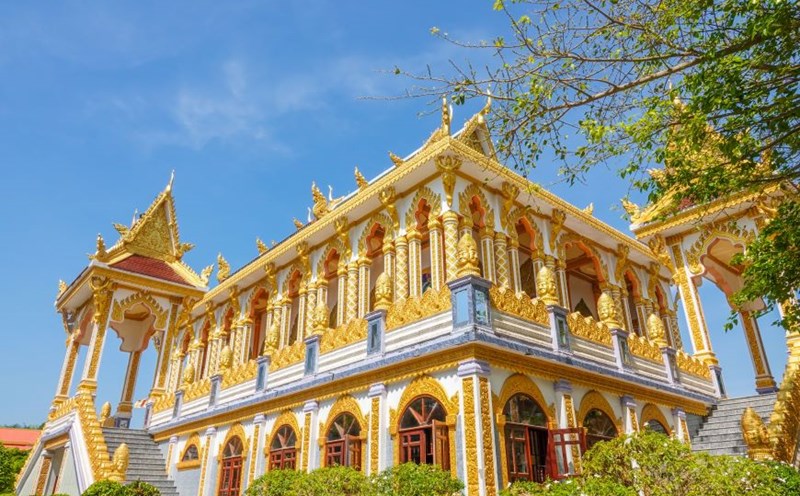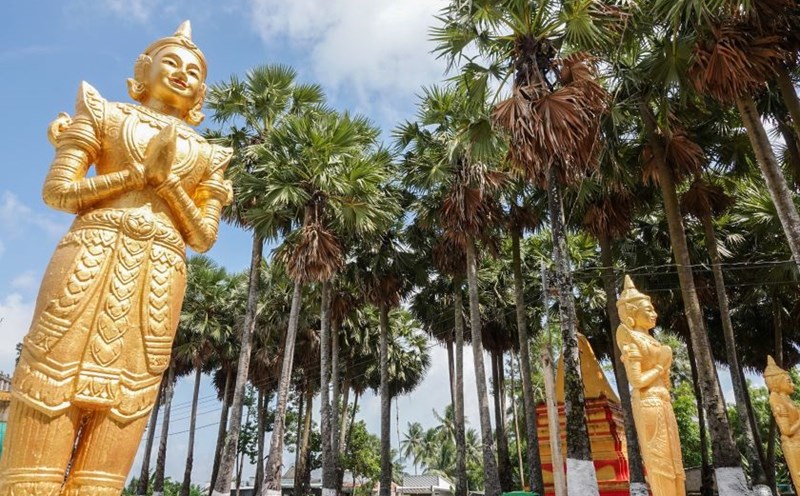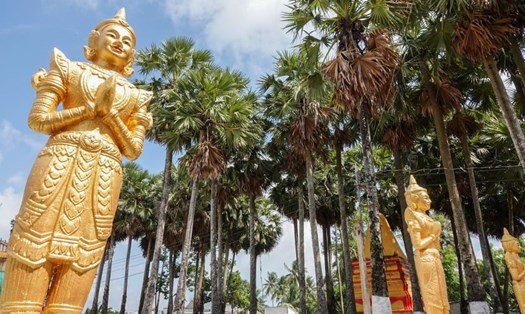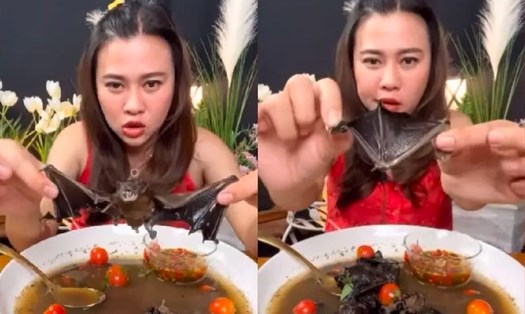In Soc Trang, there are hundreds of pagodas , each pagoda has many green trees, but only Bat Pagoda, Ward 3, Soc Trang City has a colony of bats living . They only perch on the treetops in the pagoda grounds, even though there are many ancient trees outside.
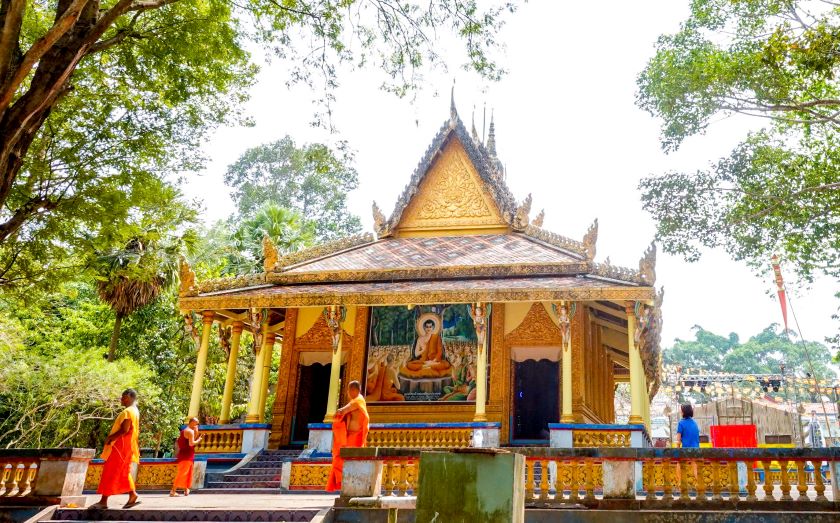
According to a study conducted by a group of authors from Can Tho University in the period 2013-2015, the bats living in the Bat Pagoda campus are Thai horse bats and Little Horse bats. The number often changes seasonally, concentrated from September to the end of February of the following year, ranging from 450 - 1,753 individuals.
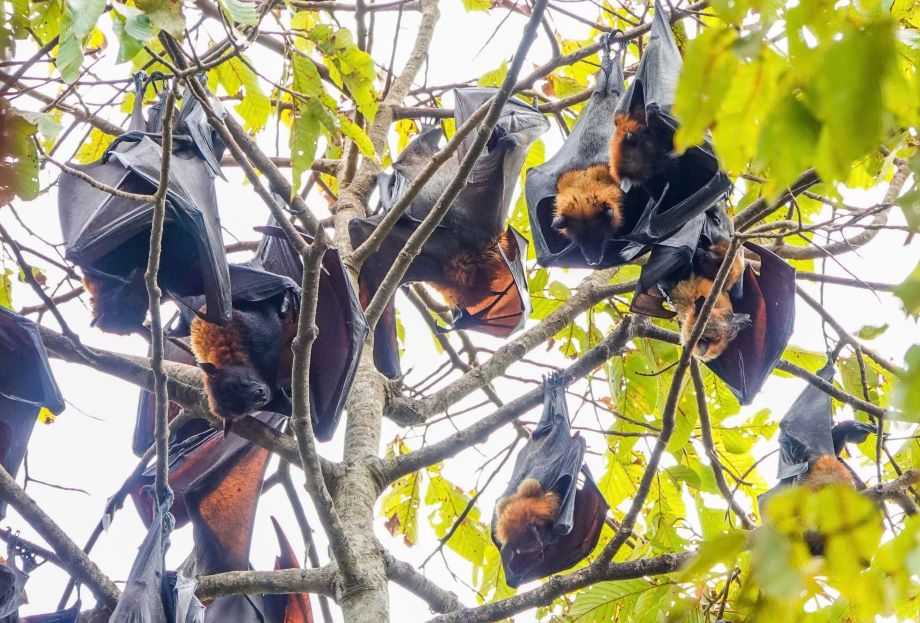
This bat species is considered rare, with an average weight of 0.5kg to over 1kg/bird, a wingspan of 1m - 1.5m, with some weighing up to 1.5kg and a wingspan of about 2m.

This species of bat has no legs, but only five claws on each wing. Bats hook their claws to tree branches and hang upside down. This species of bat is a mammal and gives birth to live young. They only give birth once a year and only one baby. When giving birth, one wing of the bat hooks to a tree branch, the other wing supports the baby about to be born. After giving birth, they carry the baby for 3-4 months. When the baby bats can fly, they will go out to find food on their own.

Mr. Lam Thanh - a tourist from Hau Giang province , visiting Bat Pagoda said that as soon as he entered the gate, he heard the loud chirping of bats. The bats in the pagoda are very friendly, not afraid of loud sounds or when tourists come close to watch.

According to Venerable Lam Tu Linh - Deputy Abbot of Bat Pagoda, the number of bats in the Pagoda used to be very large, up to tens of thousands. However, due to being hunted while the bats were flying out to find food, there are now about 1,000 left. At dusk, the bats fly out to find food and return around 3 - 4 am the next morning.
The monk added that although bats eat fruit, they never forage in the temple garden but usually fly far away.

